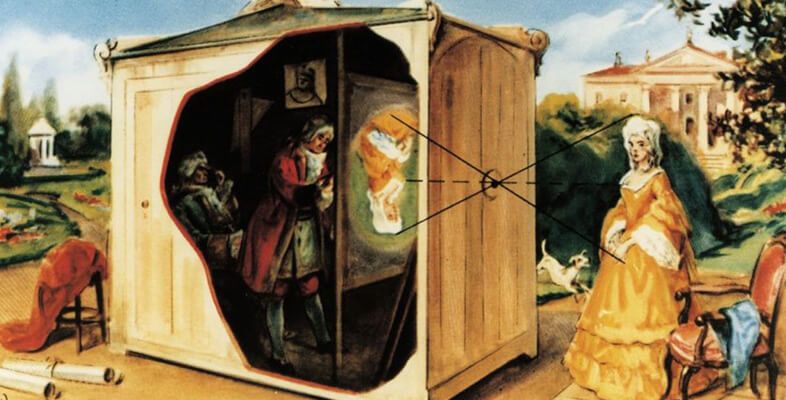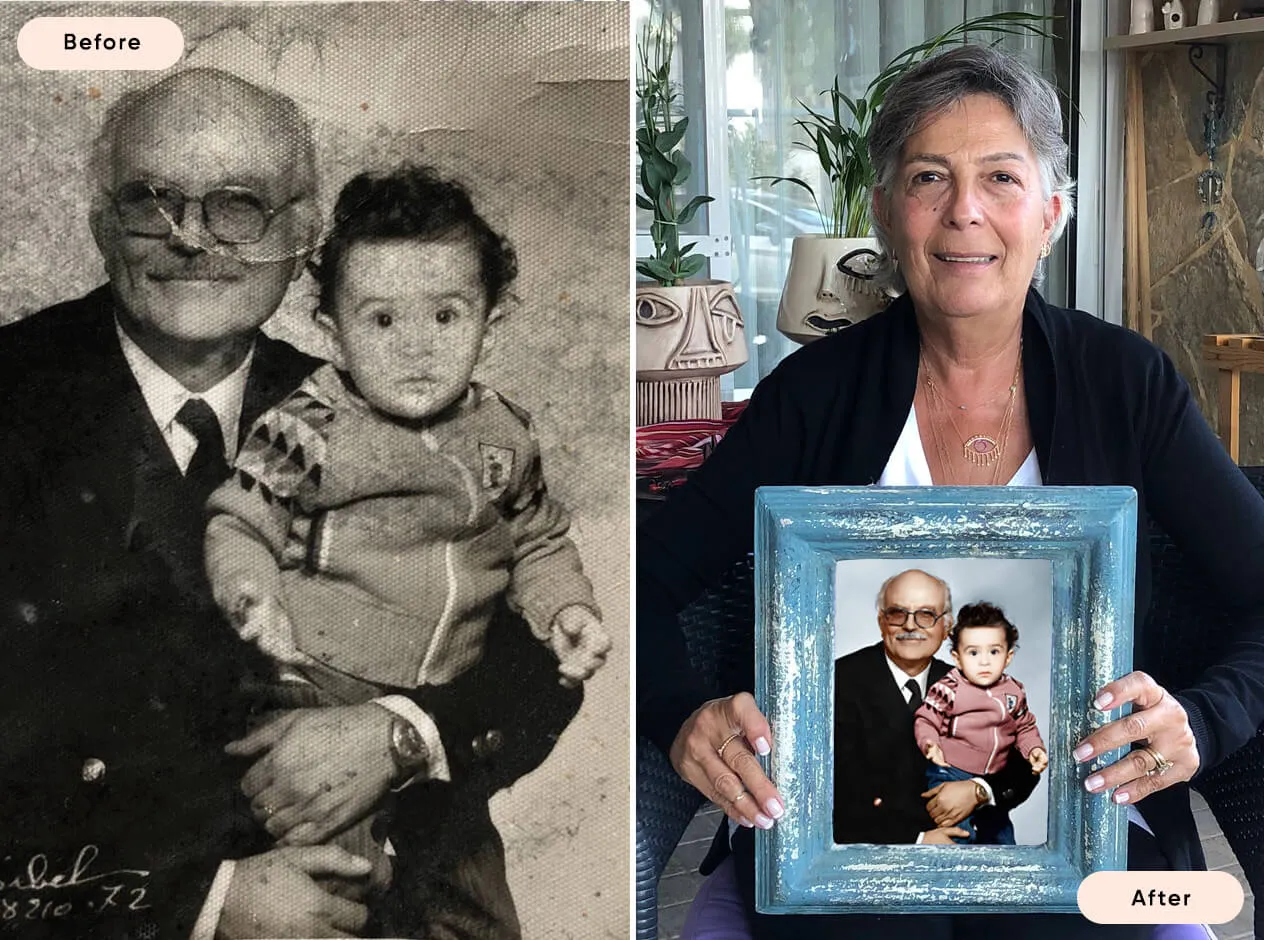What Is A Camera Obscura? Definition, Origin, And How It Works
The camera obscura is a fascinating device that played a crucial role in the development of photography. Its simple yet effective design has been known for centuries and has influenced both art and science. This article will explore the origin, definition, and development of the camera obscura, as well as where you can find one and how to make your own.
Camera Obscura Origin
The concept of the camera obscura dates back to ancient times. The earliest known references come from Chinese and Greek philosophers, such as Mozi and Aristotle, who described the optical phenomenon in the 5th and 4th centuries BCE. The term "camera obscura," meaning "dark chamber" in Latin, was coined later, during the Renaissance, when the device became widely used by artists and scientists.
Camera Obscura Definition
A camera obscura is an optical device consisting of a darkened room or box with a small hole or lens on one side. Light from the outside scene passes through the hole and projects an inverted image on the opposite wall or surface inside the chamber. This projected image can be observed or traced to create accurate representations of the scene.
Development Of The Camera Obscura
The camera obscura has evolved significantly since its early descriptions. During the Renaissance, artists like Leonardo da Vinci and Johannes Vermeer used it to enhance their drawing and painting techniques. The device became more sophisticated over time, with the addition of lenses to improve image clarity and brightness.
In the 17th and 18th centuries, portable camera obscuras were developed, allowing artists to take them outdoors. These devices often included a mirror to project the image onto a horizontal surface, making it easier to trace. The camera obscura's principles eventually led to the invention of the photographic camera in the 19th century, revolutionizing the way images were captured and recorded.
Where Can You Find One?
While camera obscuras are no longer essential tools for artists and scientists, they still exist as fascinating historical and educational exhibits. You can find camera obscuras in various museums, science centers, and tourist attractions worldwide. Some notable examples include:
The Camera Obscura and World of Illusions in Edinburgh, Scotland
The San Francisco Camera Obscura, located at the Cliff House
The Camera Obscura in Santa Monica, California
These installations offer visitors a chance to experience the magic of the camera obscura and learn about its historical significance.

How To Make A Camera Obscura
Creating your own camera obscura is a fun and educational project that demonstrates the basic principles of optics. Here’s a simple way to make one:
Materials Needed:
A cardboard box
Aluminum foil
Wax paper or tracing paper
Tape
A pin or needle
Steps:
Prepare the Box: Make sure the box is completely light-tight. Tape any seams or gaps to prevent light from entering.
Create the Aperture: Cut a small hole (about 1-2 cm in diameter) in one side of the box. Cover the hole with a piece of aluminum foil and secure it with tape.
Pinhole: Carefully poke a small hole in the center of the foil with a pin or needle. This will serve as the aperture for the camera obscura.
Screen: On the opposite side of the box, cut a larger hole and cover it with wax paper or tracing paper. This will be your projection screen.
View the Image: In a dark room, point the pinhole towards a bright scene or light source. The image of the scene will be projected onto the wax paper or tracing paper, appearing inverted.
Conclusion
The camera obscura is a remarkable device that laid the groundwork for modern photography. Its simple design and profound impact on art and science make it a fascinating subject to explore. Whether you visit a historical camera obscura or make your own, experiencing this ancient optical device provides a unique glimpse into the history and principles of image-making.

Or Get YourMoney Back
back your money in the rare case you are not satisfied with the quality of your
damage-free pictures. Only $38 for most image restorations regardless of damage

All rights reserved.